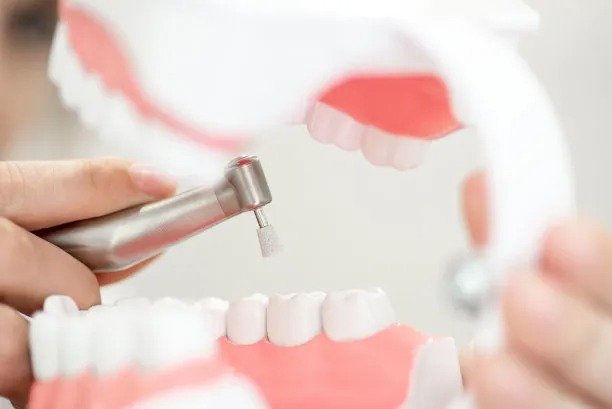The Comprehensive Guide to Understanding Dental Implant Treatment Benefits and Procedures for a Confident Smile Restoration
Summary: Dental implants have revolutionized tooth replacement options, offering numerous benefits and procedural insights essential for achieving a confident smile. This comprehensive guide delves into four critical areas: the advantages of dental implants, the detailed procedures involved, recovery and maintenance, and addressing common concerns. With a well-rounded understanding of dental implant treatments, individuals can make informed decisions about restoring their smiles and enhancing their quality of life, ultimately gaining renewed self-confidence and improved oral health.
1. Advantages of Dental Implants for Patients

One of the primary benefits of dental implants lies in their durability and long-lasting nature. Unlike traditional dentures or bridges, which may require regular replacements, dental implants are designed to fuse with the jawbone, providing a stable and secure foundation that can last for decades with proper care. This longevity makes them a cost-effective investment over time.
Additionally, dental implants help maintain facial structure by preserving bone mass. When a tooth is lost, the jawbone can begin to deteriorate over time due to lack of stimulation. Implants stimulate the bone during chewing, effectively preventing bone loss and helping maintain an individuals natural profile.
Moreover, dental implants improve overall oral health by eliminating the need for adjacent teeth to be altered for a bridge. Each implant acts as a standalone tooth, allowing for easier access between teeth and promoting improved hygiene practices, thus reducing the risk of decay and gum disease.
2. Understanding the Dental Implant Procedure
The dental implant procedure begins with a thorough consultation, including X-rays and treatment planning to assess bone health and identify the appropriate implant size. This initial step is crucial in ensuring the long-term success of the procedure.
Following the assessment, the first surgical phase involves implant placement into the jawbone. After the implant is inserted, a healing period known as osseointegration occurs, where the bone grows around the implant for stability. This process may take several months, ensuring the jaw is ready to support the new tooth.
Once osseointegration is complete, the second phase involves placing an abutment—a connector between the implant and the crown. After this, a custom-designed crown is created to restore the tooth’s appearance and function. The entire process may span several months but culminates in a natural-looking solution that blends seamlessly with surrounding teeth.
3. Recovery and Maintenance After Implant Surgery
Post-surgery, patients can expect some swelling and discomfort, which can be managed with prescribed medications. It is essential to follow the dentists instructions on aftercare for a smooth recovery. Soft foods are often recommended immediately following the procedure, allowing the implant area time to heal without irritation.
Regular follow-ups with the dental professional are vital to monitor the healing process and ensure that the implant is integrating well with the bone. These appointments provide an opportunity to address any concerns and make necessary adjustments to care routines.
Maintenance of dental implants is relatively straightforward, primarily involving regular brushing and flossing, similar to natural teeth. Using antiseptic mouthwash and scheduling routine dental check-ups are essential practices that help maintain the health and longevity of dental implants, making them an integral part of oral hygiene.
4. Addressing Common Concerns About Implants
Despite their numerous advantages, some individuals may have concerns about the safety and effectiveness of dental implants. However, research has repeatedly shown implants to be one of the safest procedures in dentistry, boasting a high success rate when performed by qualified professionals.
Another common issue is the perceived discomfort during the procedure. While the surgical aspect can cause anxiety, modern anesthesia and sedation techniques have made the process much more comfortable than in the past. Most patients report minimal pain compared to tooth extraction.
Lastly, patients often worry about the cost of dental implants. While the initial expense may be higher than other options, considering their durability and benefits makes them a worthwhile investment. Many dental practices offer financing options to make this transformative treatment accessible to more patients.
Summary:
Dental implants are a revolutionary solution for tooth loss, offering a wealth of benefits that greatly enhance patients quality of life. From improved durability to maintaining jawbone integrity, they represent a significant step forward in restorative dentistry. Understanding the procedure, recovery process, and addressing common concerns empowers patients to make informed choices that lead to confident smiles.
This article is compiled by Vickong Dental and the content is for reference only.



